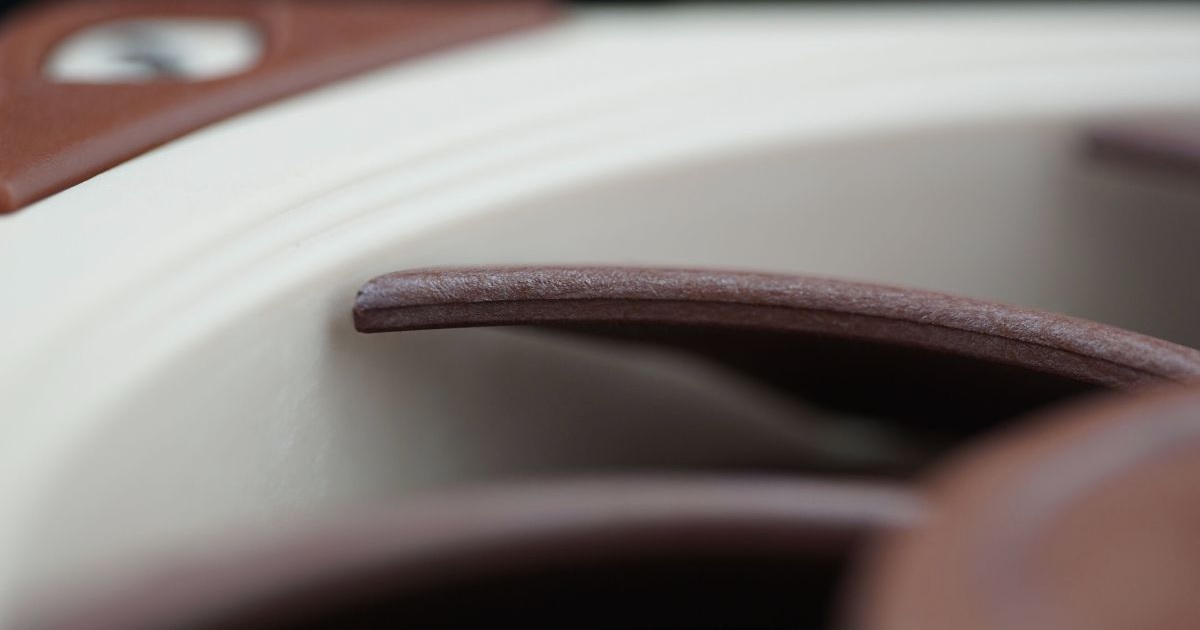I would start with the default setup from the factory. Then use a real-time temperature monitor like
Core Temp to monitor CPU temps. If my temps are maintained comfortably within normal operating ranges, I would leave it alone.
I have seen so many times where the use of a side panel fan actually degrades cooling because it disrupts that desired "front-to-back" flow of air. I always recommend removing (or unplugging) any side panel fan for that reason.
There is one exception and that is "IF" the side panel fan blows directly into a tube that channels the air directly on to a downward firing CPU or GPU cooler. That sometimes helps with the processor cooler but may still adversely affect over all cooling. So use a real-time temp monitor and, through trial and error, determine the best setup.








